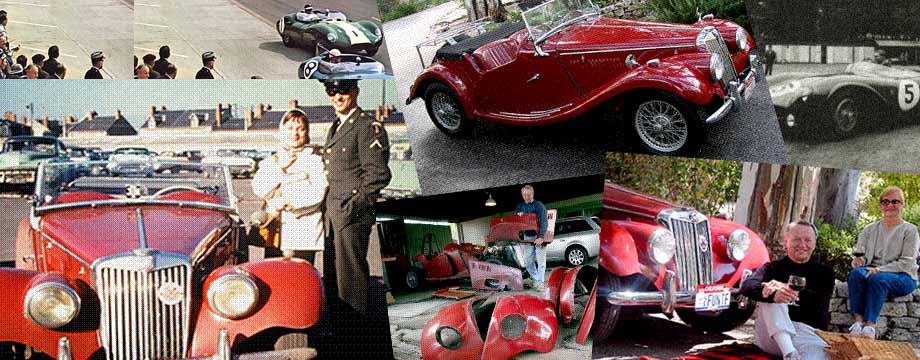Thanks to the GPS, leaving Nidda was no problem. She got us to the closest autobahn and before we knew it, we were comfortably cruising at 110 MPH again. We recalled some of the problems we’d encountered with our GPS lady during our 2011 European trip. She had to recalculate so many times we named her, “Mademoiselle Recalculaire.” We felt this GPS needed a name as well and since we are in Germany we are calling her “Schatzi.” Any GI who served time in Europe in the late 20th Century might remember that word was loosely associated with any friendly German girl. However, our friend Alex Rudolph says it is derived from the word “Schatz” meaning “Treasure” and that certainly better fits our relationship.
It reminds me of an incident some 10 years ago when we were driving with Alex on the autobahn. The GPS voice was that of a male and I told him a woman’s voice was commonly used in the U.S. “That would never work in Germany,” he stated firmly. “No German man would ever take orders from a woman.” Apparently Women’s Lib had not yet gotten a foothold in Deutschland. When riding with Alex the other day I noticed his GPS voice was that of a woman. I commented on the change. “There is a good reason for that,” he said, “And it is not due to the election of Angela Merkle.” By now Louise was listening intently. “It has been proven that a woman’s voice, due to the sharpness of her tone, is more easily heard over the road noises of the automobile.” To make sure I clearly understood that he had not caved in, he said, “So, you see, it is a typical, well thought out, German solution to a practical problem.” I don’t think he has gone so far as to name his GPS though.
Schatzi got us to the Mercure Art hotel with no problem. Even engineered a parking spot right in front of the door. Mercure is a chain of hotels that have chosen a very modern design as one of their hallmarks.
Their interest in design is evident in the lobby with a mix of ultra-modern and overstuffed. Another statement is made with artwork and graphics throughout, including the rooms.
Room 225 was less than commodious but solved the problem in a clever way. The traditional closet, chest of drawers and headboard were replaced by a wall unit that covered all the bases. Note the absence of door pulls or knobs. They’re replaced by big curves in the doors that act as handles. Besides room artwork, there was a quote by Aristotle directly over the bed…unfortunately in German.
One of our main interests was a museum dedicated to the Stasi, the East German Republic secret police. We asked the desk clerk and she whipped out one of those city maps hotels give out so easily. “It’s just here,” she pointed. “Only a few minutes by foot or you can catch a streetcar for $2.50 each.” We are always easily fooled by distances on these maps, and chose a chance to save the $5 by hoofing it.
Forty-five steamy minutes later we stumbled upon the Stasi Museum building. It was called “The Round Corner Building” because of the curved exterior. The interior was left in the exact condition of the day when the Stasi was disbanded in 1989. That means the Latrine Green, nicotine stained walls remain as was. Same for the floor tiles with discolored wax build-up along the baseboards where feet hardly ever walked.
Wiping the sweat from our foreheads we picked up the audio guided tour devices. It takes you from room to dreary room, mostly used for administration purposes. They now contain showcases of uniforms and paperwork.
One wall shows the location of every house, office, store and bar that was bugged or under surveillance in the Liepzig area.
The black dots look almost like a spreading mold.
























One Response to D10 – LEIPZIG – ON THE WAY BACK FROM RUIN